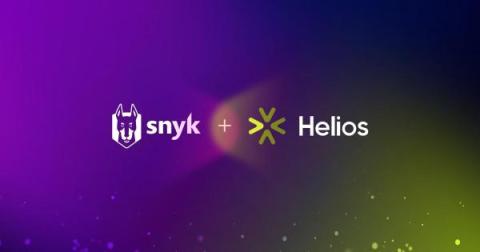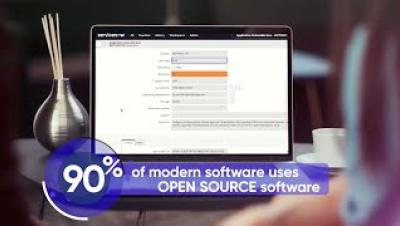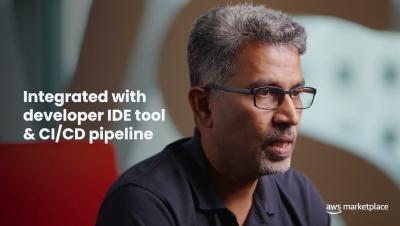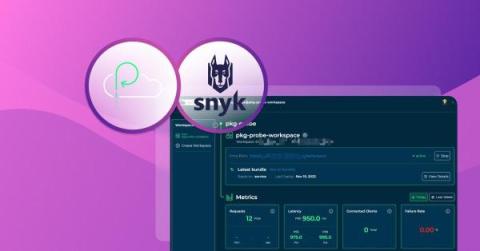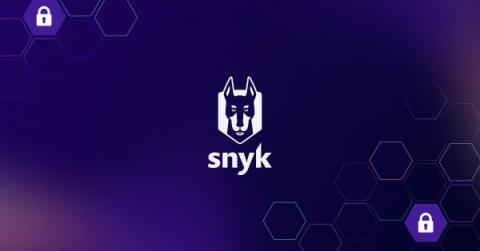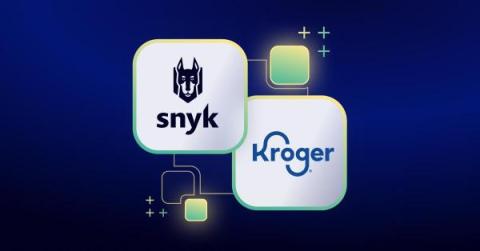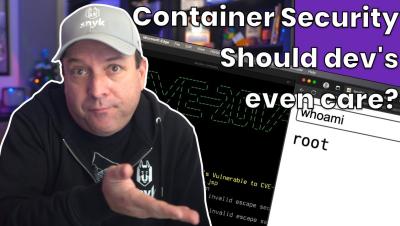New Year's security resolutions for 2024 from Snyk DevRel, SecRel, and friends
Transforming what we learned in 2023 to new learning in 2024 will be an exciting and fulfilling journey. In 2023, we saw a huge surge in the use of AI, including cyberattacks utilizing AI and machine learning. We are also seeing an increased awareness in the need for application security posture management (ASPM). Snyk has also launched its own ASPM solution — Snyk AppRisk — designed to help AppSec teams implement, manage, and scale their security programs.



